4. Proceed with valve installation into the piping system. Note that "wafer: style valves are placed between flanges and installed with fully threaded studs, whereas tapped "lug" style valves are installed between flanges with small-cap screws on the inlet and the outlet of the valve.
5. Spread the mating flanges to exceed the valve's face-to-face dimension by 3/16" before placing the valve into position to prevent distortion and/or damage to the sealing face of the seat.
6. Ensure that the pipe flange faces are clean of any foreign material such as scale, metal shavings, or welding slag.
7. With the disc in the closed position, carefully insert between the flanges, line up, and center. Note that accurate centering between upstream and downstream pipe ends is essential for the trouble-free operation of the valves.
 EN
EN

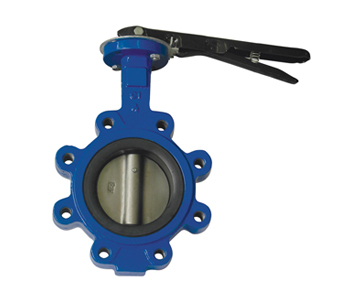
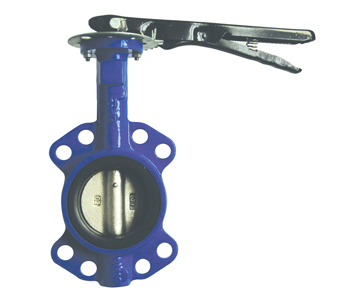
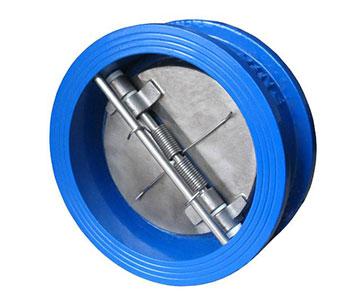
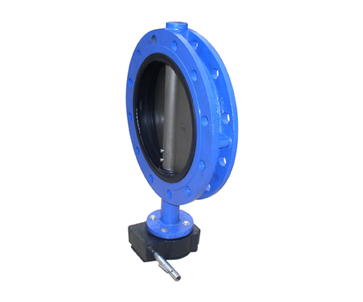

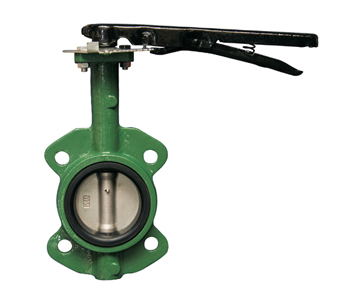
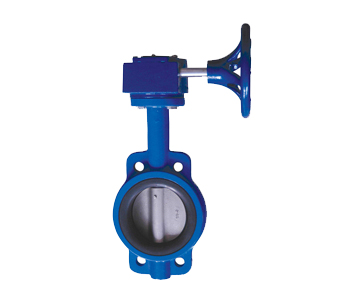
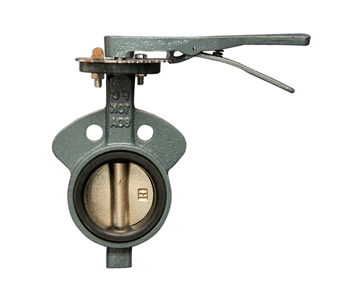

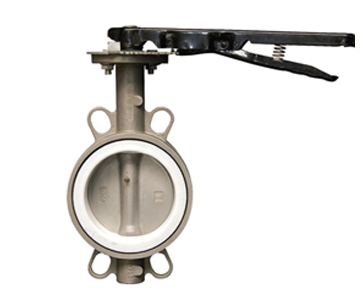
 Call us on:
Call us on:  Email Us:
Email Us:  No.68 Hezuo Road, Shijiazhuang City, Hebei Province, China
No.68 Hezuo Road, Shijiazhuang City, Hebei Province, China 